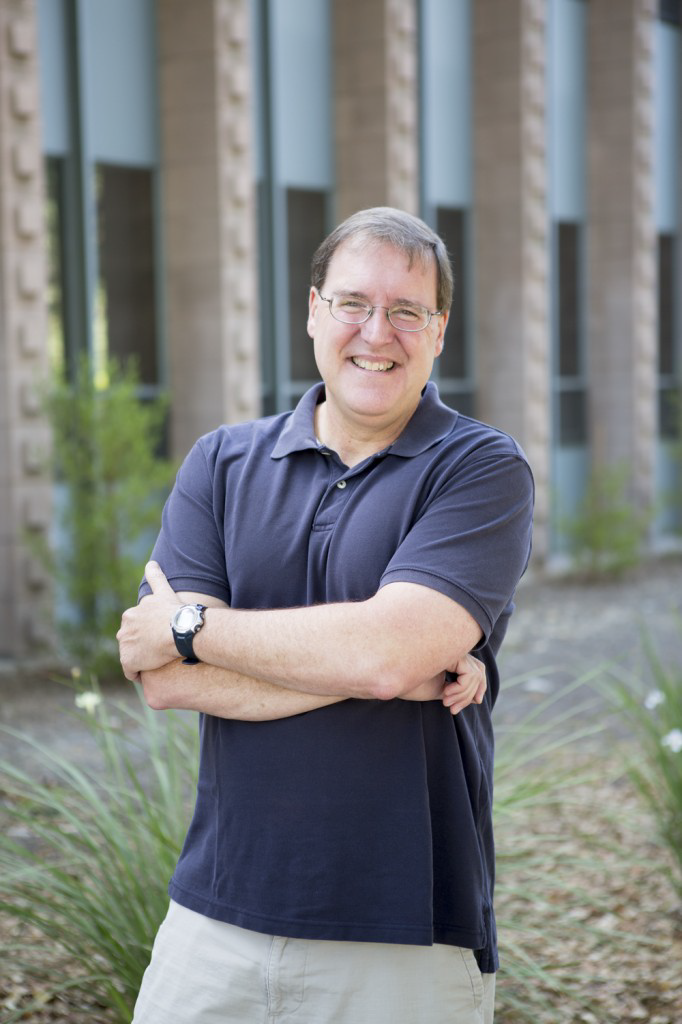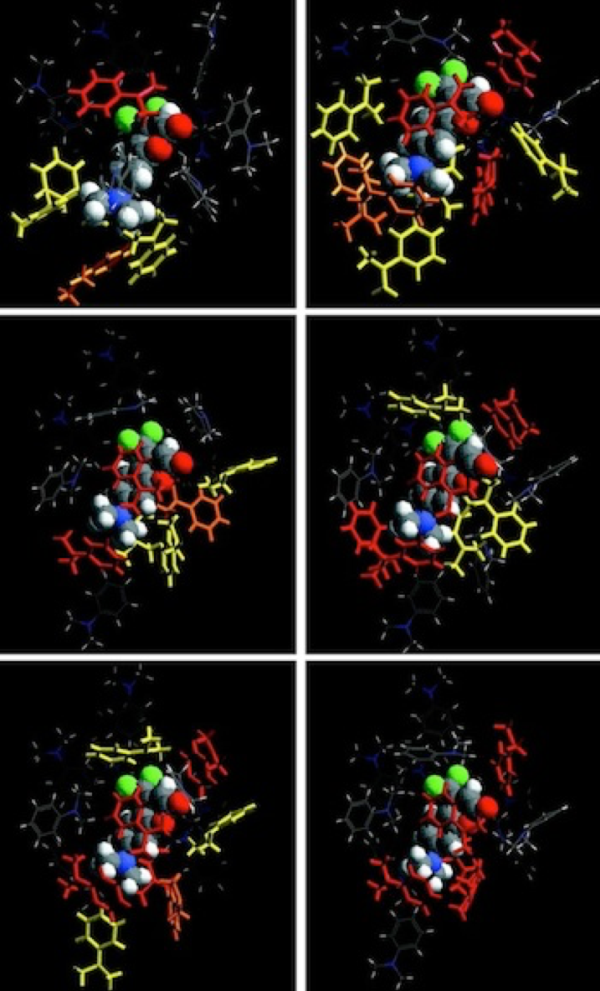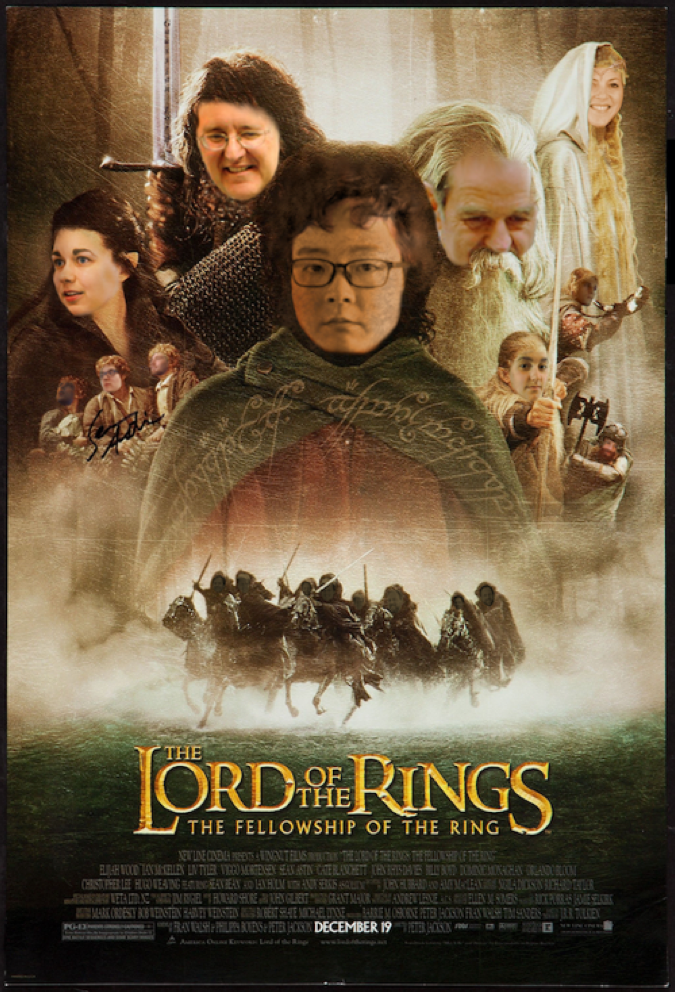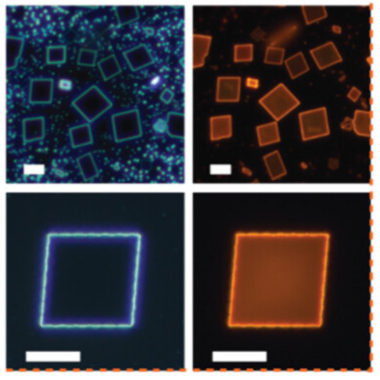In Memoriam Robert J. Cave (1957–2020) Professor of Chemistry at Harvey Mudd College and MSU Alumnus

In December 2020, the Department of Chemistry lost a great scientific colleague and friend, Professor Robert J. Cave. Professor Cave majored in Chemical Physics at MSU. After graduating with high honors in 1979, he went on to Caltech, where he held a National Science Foundation Predoctoral Fellowship. He completed a Ph.D. in 1986, advised by Professors Rudolph Marcus and William Goddard. Next, he studied as a Postdoctoral Fellow at Indiana University, where he worked with Professor Ernest Davidson.
In 1988, Professor Cave embarked on a distinguished academic career at Harvey Mudd College in Claremont, California. He was named a Camille and Henry Dreyfus Teacher- Scholar in 1993, and rose through the ranks, becoming a Full Professor in 1999 and later Associate Dean for Academic Affairs. Professor Cave spent his entire academic career at Harvey Mudd, aside from sabbaticals at Brookhaven National Laboratory, Rutgers, and the University of Texas at Austin, and two years of service as Visiting Program Director in Chemistry at the National Science Foundation.
Professor Cave was a great friend of theoretical chemists in our department. In addition to his interactions with Professor Cukier, he served as a Visiting Program Director in the Chemical Theory, Models, and Computational Methods Program at the National Science Foundation during Professor Angela Wilson’s term as a Director of the Chemistry Division at NSF. He also shared research interests, related to molecular applications and methodological aspects of coupled-cluster theory, with Professor Piotr Piecuch. Professor Piecuch’s interactions with Professor Cave date back to 1993, when they met during the 14th Annual West Coast Theoretical Chemistry/Statistical Mechanics Conference in Los Angeles.

(dimethylacetamide). Figure from
Professor Cave’s web site.
Research at Harvey Mudd College - Professor Cave’s research focused on predicting chemical reactivity, along with molecular structure and energetics. His group developed new methods and applied both density functional theory and ab initio techniques. The group made important contributions to our understanding of long-range electron transfer via electron tunneling, as well as to our understanding of solvent-mediated electron transfer, ultra-fast electron transfer, and effects of multiple electronic states. The group collaborated with experimentalists to investigate organic and organometallic reaction mechanisms. Professor Cave also worked on highly accurate simulations of molecular spectra, based on high-order coupled cluster calculations.
Professor Cave was an enthusiastic supporter of undergraduate research and an outstanding advisor. As an undergraduate at Michigan State University, Robert Cave worked with Professor Mike Weaver on electrode kinetics and reaction entropies of redox couples. He became interested in the theory of electron transfer reactions that underlie electrode kinetics in discussions with Professor Robert Cukier at MSU. He continued this line of investigation as a graduate student at Caltech, and into his independent academic career.
Half of Professor Cave’s publications at Harvey Mudd College have undergraduate co-authors, often more than one on the same paper. Interestingly, two of these papers were published with Professor Cukier’s daughter, Emily. One covered through-space vs. through-bond coupling for tunneling in alkanes [Cukier, E.; Cave, R. J. Chem. Phys. Lett. 2005, 402, 186] and the other covered electronic coupling mediated by hydrogen bonds [Cukier, E.; Daniels, S.; Vinson, E.; Cave, R. J. J. Phys. Chem. A 2002, 106, 11240].
Professor Robert Cave’s impact on the community of theoretical and computational chemists has been enormous. That larger community was quick to share their thoughts and remembrances, examples that illustrate the sentiment of many are provided below.

research group, from his web site
Todd Martínez, Professor of Chemistry at Stanford University wrote, “Bob was a true gem and an inspiration to many. He was one of the people who convinced me to go into academia.” Evi Goldfield, recently retired NSF Program Officer in Chemical Theory, Models, and Computational Methods, wrote that Bob’s death was “a heartbreaking loss.” Joe Subotnik, Professor of Chemistry at the University of Pennsylvania described Bob as “our jovial, honest, decent, deep, and thoughtful colleague.” Joe continued, “Let's keep Bob in our hearts now and always. He was and is a great role model for us and our students, showing that, if you do thing the right thing and you prioritize substance over style, you can have a huge impact on everyone around you.” The world of chemistry lost an outstanding and thoughtful scientist, educator, and student mentor,



